How to Cultivate and Care for the Gorgeous Pink Princess Philodendron
The Pink Princess Philodendron (Philodendron erubescens 'Pink Princess') is a plant species from the Araceae family, notable for its variegated leaves adorned with charming pink hues. The leaves can grow up to 22 cm in length and 12 cm in width, creating a distinctive and captivating appearance.
For beginners in plant care, the Pink Princess Philodendron is a must-have. Although the pink patches on the leaves appear due to the lack of chlorophyll, they are more stable and less prone to scorching compared to the white of the Monstera Albo or the yellow of the Thai Constellation. This makes the plant easier to care for, requiring less effort.
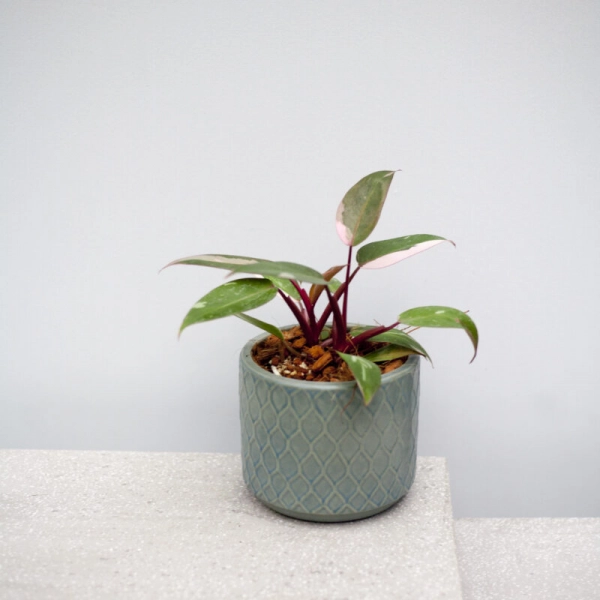
As a tropical species, the Pink Princess Philodendron is well-suited for indoor cultivation. In cooler weather, you can also place it on a balcony or in a garden with indirect light and shade.
The Pink Princess Philodendron consistently ranks high on the wish list of many plant collectors, and for good reason. With its heart-shaped, dark green leaves punctuated by beautiful pink patches, this plant is truly a work of art in the plant world.
Although often confused with the Philodendron Pink Congo, the color of the Pink Princess Philodendron is the result of a natural and stable process. In contrast, the pink color of the Philodendron Pink Congo is induced by chemical injections, and the leaves typically return to green after just a few months.
How to Keep Your Pink Princess Philodendron’s Leaves Pink
To maintain the attractive pink color on the leaves of your Pink Princess Philodendron, there are several important environmental and care factors to consider.
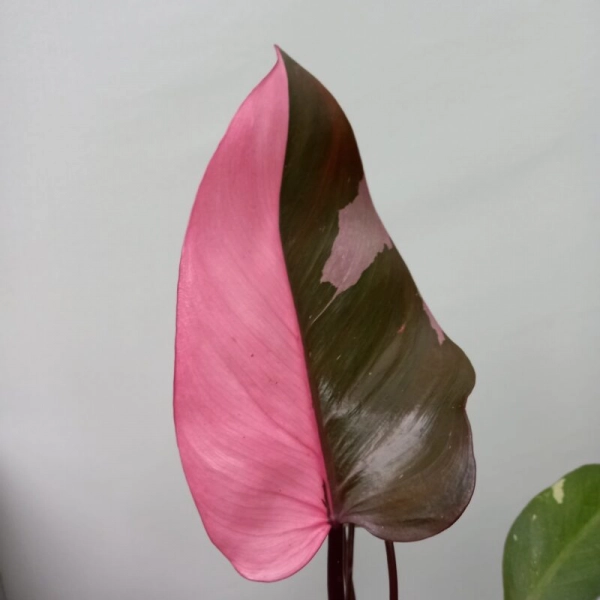
1. Balancing the Colors on the Leaves
A harmonious mix of green and pink on the leaves is ideal, as the green patches contain chlorophyll, which ensures the plant can photosynthesize and grow properly. If too many leaves are pink, the plant may become stunted due to the lack of photosynthesis. On the other hand, if there are too many green leaves, the plant will lose its distinctive look. To maintain this balance, adjust the lighting environment accordingly.
2. Lighting
The Pink Princess Philodendron thrives best in indirect light. Light from an east- or west-facing window provides just the right amount, without being too harsh, helping the plant grow evenly and balancing the pink and green patches. If the plant is placed in a spot with too much light, such as a south-facing room, you should shade the plant or place it further from the window. Yellowing leaves indicate the plant is receiving too much light and should be moved to a shadier spot.
3. Soil
The plant needs a nutrient-rich, well-draining, and aerated soil that retains moisture without becoming waterlogged. You can mix coconut coir, coconut husk, and perlite to ensure good drainage while providing adequate nutrition. The Pink Princess Philodendron also has aerial roots, which help the plant absorb moisture from the air, so it's important to maintain a suitable humidity level in the growing environment.
4. Watering Schedule
The most common mistake is overwatering, which can cause root rot and yellowing leaves. Check the soil moisture before watering, and only water when the top layer of soil has dried out. It's best to let the soil dry out slightly before adding water to avoid excess moisture.
5. Temperature
The Pink Princess Philodendron thrives in room temperatures between 16°C and 29°C, but temperatures above 18°C are ideal. Make sure the plant is not exposed to direct heat sources like heaters or air conditioners, and avoid cold drafts. In the summer, keep the plant away from windows or air conditioning vents.
6. Humidity
Like many tropical plants, the Pink Princess Philodendron requires high humidity to thrive. You can regularly mist the plant, place the pot on a humidity tray, or use a humidifier in the room to maintain a moist environment. This will help the leaves grow healthily and preserve their pink color.
Common Issues with the Pink Princess Philodendron
Although it’s quite an easy plant to care for, the Pink Princess Philodendron can still encounter some problems if not cared for properly. Common issues are related to watering, lighting, and humidity.
1. Loss of Pink Color and Variegation
One of the main reasons for the plant losing its pink color is insufficient light. The Pink Princess Philodendron needs indirect but strong enough light to maintain its characteristic coloring. If the plant doesn’t get enough light, its color will fade and cannot be restored. This requires you to promptly adjust the plant’s position and light intensity.
2. Leggy Growth
Leggy growth occurs when the plant doesn’t receive enough light. In this case, the plant stretches its stem in search of a light source. To fix this, move the plant to a spot with stronger indirect light to prevent further leggy growth, which can cause the plant to look unbalanced.
3. Leaves Turning Brown
When the edges of the leaves turn brown, this is often a sign that the plant is lacking humidity. The leaves will gradually dry out, and this cannot be reversed. However, you can prevent other leaves from being damaged by increasing the humidity around the plant, such as by misting or using a humidifier.
4. Brown Spots on Pink Leaves
Brown spots on the pink leaves may appear if the plant is exposed to too much direct light, causing sunburn. The delicate pink patches are easily damaged by strong light, leading to large burn marks on the leaves. To avoid this, make sure the plant is not exposed to direct sunlight and that adequate humidity is provided.
Why Is the Pink Princess Philodendron So Expensive?
The allure of the Pink Princess Philodendron lies in its beautiful, colorful leaves, which make it extremely popular and expensive. The color-changing ability of the leaves is the result of a natural mutation, and propagating the plant is not easy from seeds, leading to a limited supply compared to market demand. However, the price of this plant has started to decrease due to mass production.
The Price of the Pink Princess Philodendron
At its peak in 2021, a mature Pink Princess Philodendron could sell for up to $2,000. Even small cuttings could cost several hundred dollars on sites like Etsy and Facebook Marketplace. Today, the plant is more common, and the prices have become much more reasonable. A small plant can be purchased for under $100, and cuttings can be bought for as little as $5 to $10.
Things to Consider When Buying a Pink Princess Philodendron
When buying a Pink Princess Philodendron, you should carefully inspect the leaves and stem to ensure the plant is healthy and has an even distribution of color. Pay particular attention to signs of disease, such as brown spots caused by fungi. The plant’s stems and leaves should be shiny and free of blotches to ensure that the plant you’re purchasing is disease-free and healthy.
Tags: Indoor Ornamental Plants | Outdoor Ornamental Plants | Bonsai Plants | Aquatic Ornamental Plants | Miniature Ornamental Plants |











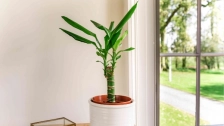

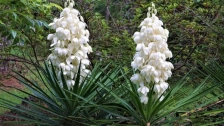






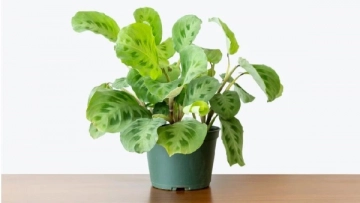

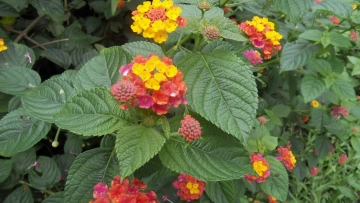
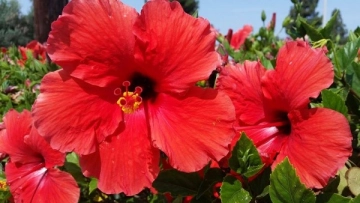
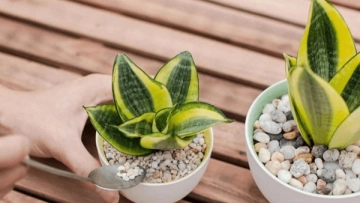
Terry Lee’s
September 28 , 2024
Cam Giang
September 28 , 2024